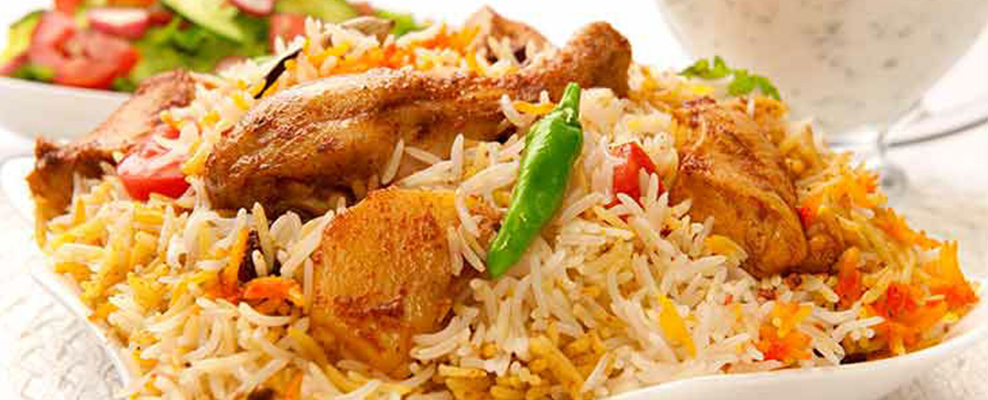
WoT's Hot
Food in Calcutta is as provocative as the deep-cozening eyes of a typical Bengali girl – she may dance to soulful Rabindra Sangeet with sedate perfection during Bengal’s myriad festivals but she can also do her Punjabi thumkas and her Gujarati garbas with absolute seduction and elan! Such too is the food experience in this city that goes well beyond the limits of maccher-jhol and bhaat. Fish, I concede, plays a major role in our victuals. However, our daily meals are also known for their subtle flavors, variety and wonderful sweet dishes, influenced by many cultures. And a typical Bengali feast is, perhaps, the only fully developed multi-course tradition from South Asia that is similar to the structure found in French and Italian cuisine, as well as the kaiseki ryori of Japan.
Over a period of time, at least from the culinary point of view, every layer of historical and social influence that affected Bengal endures to the present day in its food. Ruled by Muslim governors since the time of the Delhi Sultanate in the early 13th century, culinary practices in Bengal continue to find several inspirations from the Muslim kitchen. And with the arrival in Metiaburz of the exiled Wajid Ali Shah from Lucknow, along with his retinue of khanshaamas and masalchees and delectable courtesans, the dumpukht style of cooking and the ubiquitous potato – originally brought to us by the Portuguese – came to sit firmly in Calcutta’s famous biryani like the dancing girls in his lap! The Christian traders and missionaries who initially came here – the Portuguese, the Dutch and the French – also left their particular impact on local tastes. The Dhakai parathas, believe it or not, are close cousins of the French millefeuille and the typical Bengali ‘istu’ is interminably related to the Portuguese buffath as is chhana or paneer!

With the British Raj at its zenith in the 19th century, new avenues in food habits were opened up for ethnic palates already familiar with a variety of indigenous items prepared in vegetarian and non-vegetarian kitchens. Baking was introduced to Calcutta by the inventive British memsahib and proliferated widely to include, even today, a slice of cake available at every railway station along with a cup of tea. Brandy-pawny and mulligatanees, of course, still thrive in our colonial clubs and are as familiar to club-goers as the more plebian chow mein and chili chicken introduced in our cuisine by the Chinese Hakkas, greatly valued as sailors. The dolma in our cooking was birthed by the Armenians. And the Jews inspired our lip-smacking singaara. The Partition of India in 1947 separated West Bengal from East Bengal. This large-scale displacement also led to some changes in food habits and made enmity between the hilsa and the prawn inevitable. The newly formed state of West Bengal was comparatively small but Calcutta had always attracted attention since the time of the British Raj. And it continues to wield a huge influence on the cultural and food habits. Bon appetit!
Food in Calcutta is as provocative as the deep-cozening eyes of a typical Bengali girl – she may dance to soulful Rabindra Sangeet with sedate perfection during Bengal’s myriad festivals but she can also do her Punjabi thumkas and her Gujarati garbas with absolute seduction and elan! Such too is the food experien
Other Articles in HUNGRY THIRSTY WOT
What to read next
Featured articles

Welcome Festive Season in Glam, Latin Quarters Launches new #PujoBling Collection with Monami Ghosh
by WOT









































